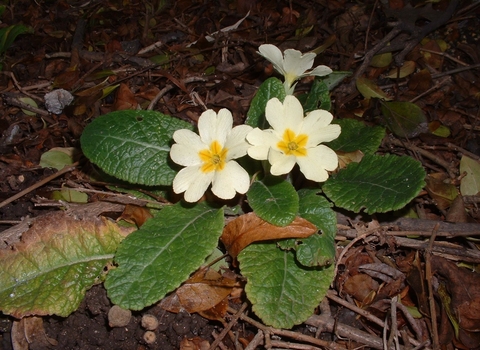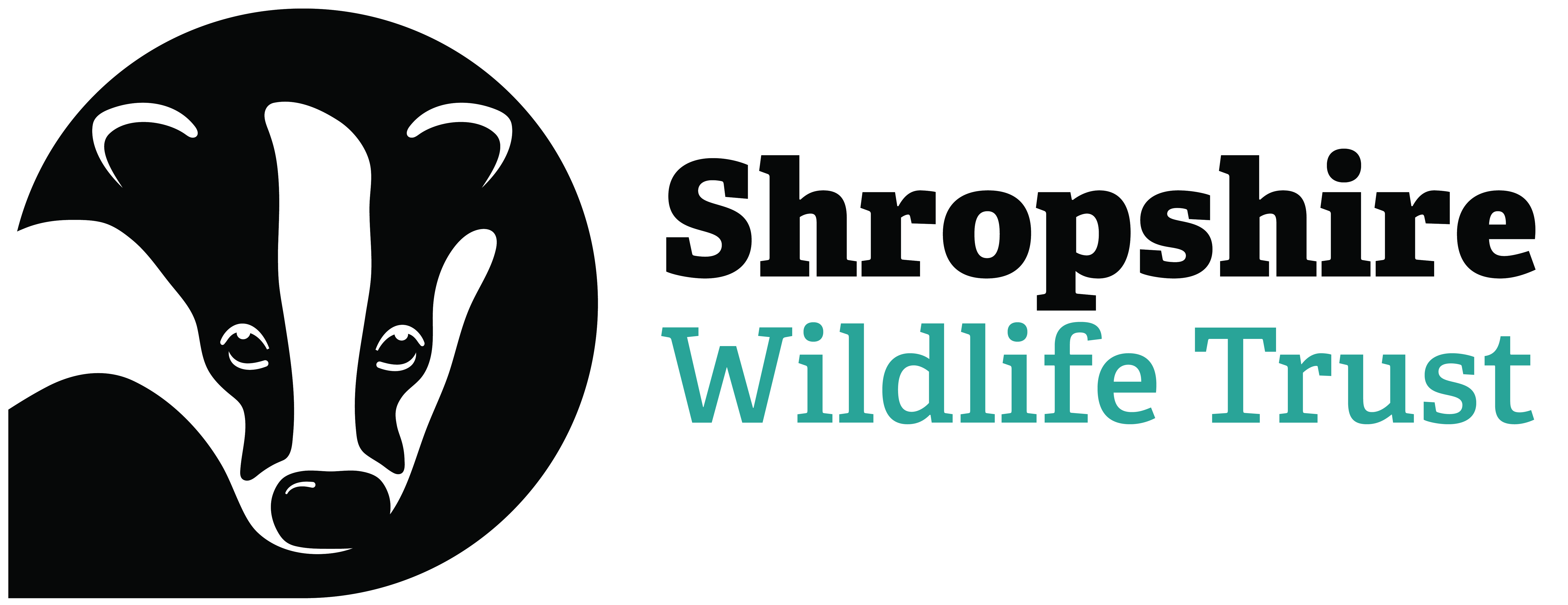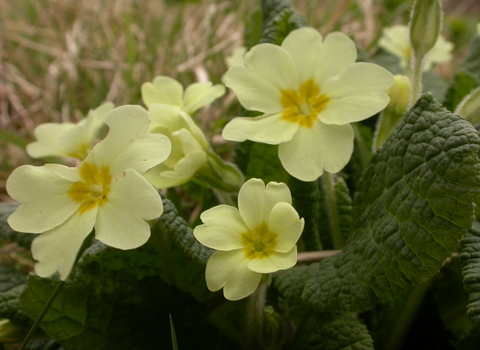
©Neil Wyatt
Primrose
In mild years, the spring-flowering primrose can appear as early as December. Look out for its pretty, creamy-yellow flowers in woodlands and grasslands.
Scientific name
Primula vulgarisWhen to see
December to MaySpecies information
Category
Statistics
Height: up to 20cmProtected in Northern Ireland under the Wildlife Order, 1985.
About
A hardy little plant, the primrose can flower from as early as December in mild years, appearing all the way through the spring until May. It favours woodland clearings, hedgerows and grassland habitats, and sometimes even gardens. Primroses are the foodplant of the caterpillars of the rare Duke of Burgundy butterfly, which is a Priority Species under the UK Post-2010 Biodiversity Framework. Since Victorian times, April 19th has been known as 'Primrose Day' in honour of the late Prime Minister Benjamin Disraeli; primroses, his favourite flowers, are placed at his statue in Westminster Abbey and his grave at Hughenden in Buckinghamshire.How to identify
Primroses are low-growing plants with rough, tongue-like leaves that grow in a rosette. Their flowers are large and creamy, with deep yellow centres, and often appear clustered together.Distribution
Widespread.In our area
We have several woodland reserves across the county, this is where primrose is most likely to be spotted. Visit Earls and Pontesford Hill, Hope Valley or Clunton Coppice in the spring to witness these woodlands awash with wildflowers.
Did you know?
The primrose's common name comes from the Latin 'prima rosa', meaning 'first rose' and describing its early spring flowering.We have several woodland reserves across the county, this is where primrose is most likely to be spotted. Visit Earls and Pontesford Hill, Hope Valley or Clunton Coppice in the spring to witness these woodlands awash with wildflowers.

